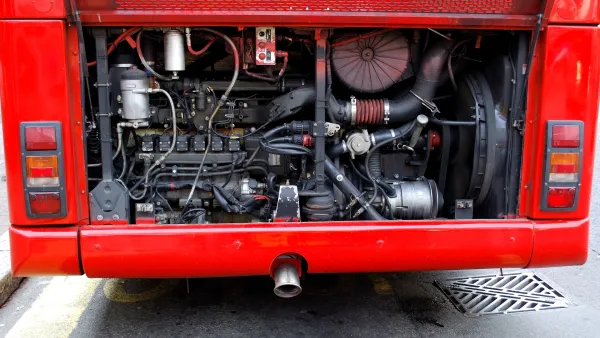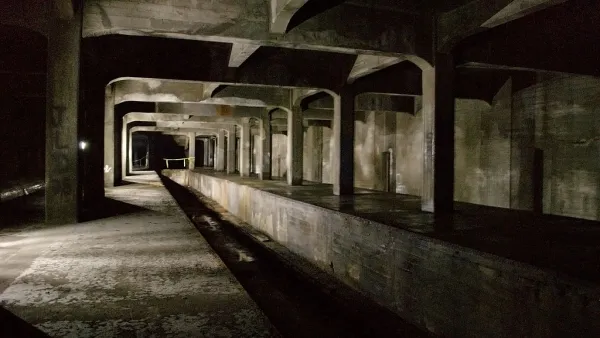New government efforts in South Africa are trying to improve mobility for those who rely on public transportation, walking and biking.
Progress is gradual, and the mobility issues facing the country are great.
"Sixty per cent of South Africans don't own private cars. They either walk or cycle to work – often an hour each way – or use public transport to travel the long distances created by sprawling, spatially segregated cities. The informal minibus-taxi industry takes the lion's share; the regulated rail and bus systems the rest. Public transport is, for the most part, unsafe, overcrowded, unreliable, expensive and run by operators who will at times (sometimes literally) kill their competition in order to keep their routes and licences.
The vast majority use it because they have no other choice. They can't afford the transport, public or private, that they'd prefer. Like Nyati, most commuters dream of owning their own vehicle. No matter how rusty, beaten up and unroadworthy a car might be, having your own offers the door-to-door flexibility that public transport does not. The magic number is R3,500 (about $452) – the monthly income at which low-income earners start putting out the word that they're looking for a used car."
FULL STORY: South Africa Renews Rail in Push to Reduce Congestion

National Parks Layoffs Will Cause Communities to Lose Billions
Thousands of essential park workers were laid off this week, just before the busy spring break season.

Retro-silient?: America’s First “Eco-burb,” The Woodlands Turns 50
A master-planned community north of Houston offers lessons on green infrastructure and resilient design, but falls short of its founder’s lofty affordability and walkability goals.

Delivering for America Plan Will Downgrade Mail Service in at Least 49.5 Percent of Zip Codes
Republican and Democrat lawmakers criticize the plan for its disproportionate negative impact on rural communities.

Test News Post 1
This is a summary

Test News Headline 46
Test for the image on the front page.

Balancing Bombs and Butterflies: How the National Guard Protects a Rare Species
The National Guard at Fort Indiantown Gap uses GIS technology and land management strategies to balance military training with conservation efforts, ensuring the survival of the rare eastern regal fritillary butterfly.
Urban Design for Planners 1: Software Tools
This six-course series explores essential urban design concepts using open source software and equips planners with the tools they need to participate fully in the urban design process.
Planning for Universal Design
Learn the tools for implementing Universal Design in planning regulations.
EMC Planning Group, Inc.
Planetizen
Planetizen
Mpact (formerly Rail~Volution)
Great Falls Development Authority, Inc.
HUDs Office of Policy Development and Research
NYU Wagner Graduate School of Public Service




























